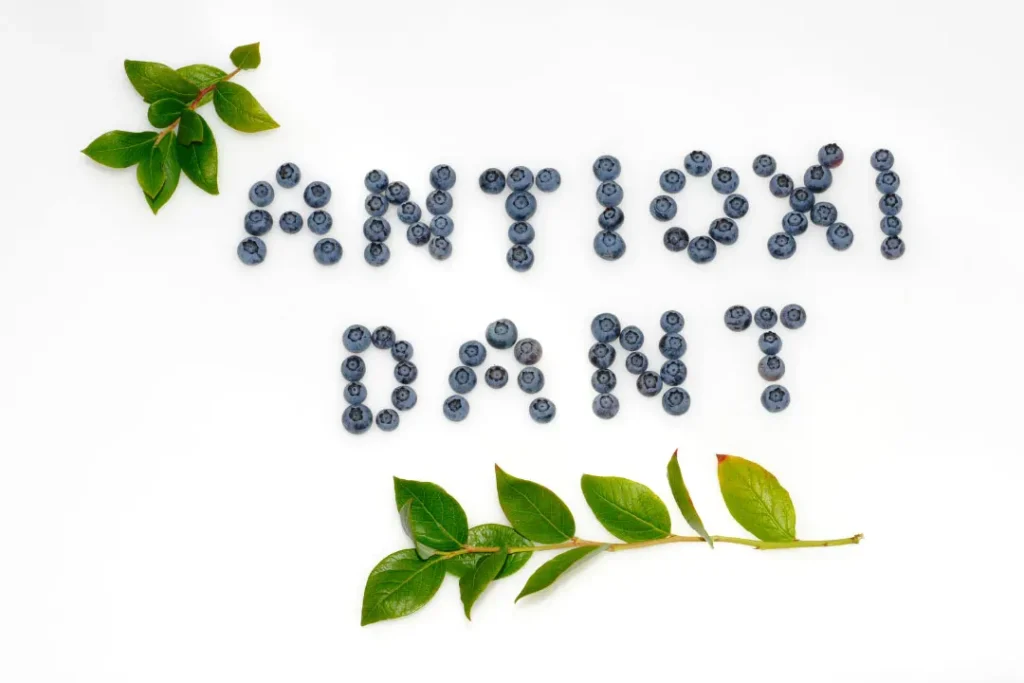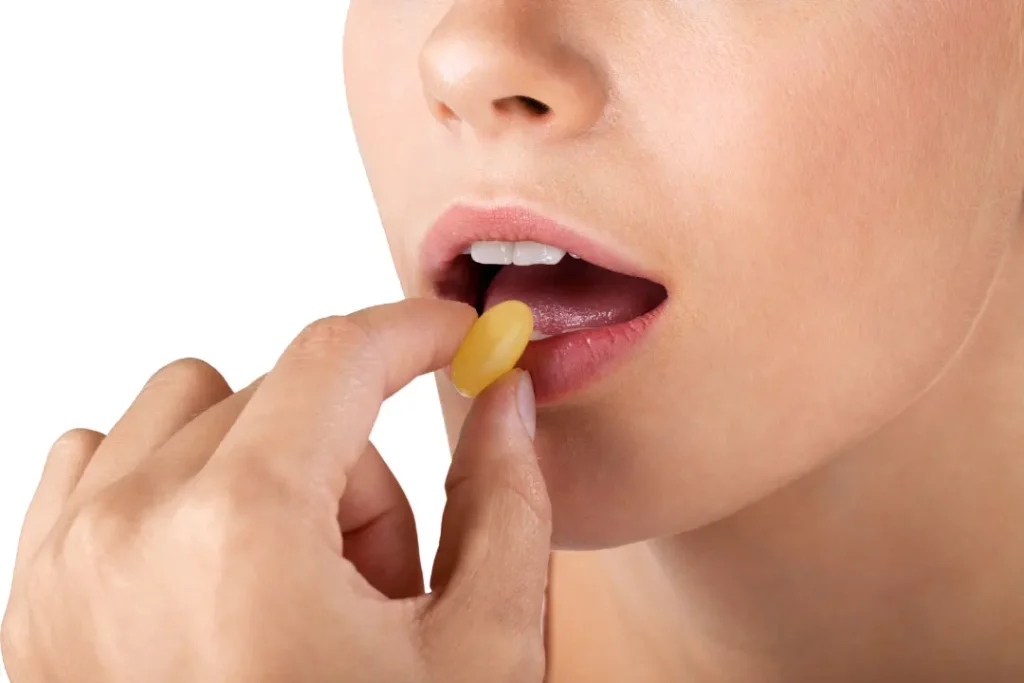The columbine plant, or aquilegia, is a perennial herb that grows abundantly in meadows and forests all across the Northern Hemisphere. Columbine, a plant known for its distinctive spurred blooms, has been utilized in traditional medicine by people from many different civilizations. The nature of the plant, possible health advantages, ideal dosage, negative side effects, potential drug interactions, and suggestions for safe use are all covered in this in-depth analysis.
You May Also Like:
The Best Mushroom Supplements for Memory: 5 Top Brands Reviewed
Finding the Best Supplements for Brain Fog After COVID: 5 Top Brands Reviewed
Columbine: Benefits, Dosage, Side Effects, Drug Interactions, and Other Important Information is an original (NootropicsPlanet) article.
Nature of Columbine
The ranunculaceae family includes the genus aquilegia, usually referred to as columbine, which has over 70 species. Flowers on columbine bushes range in color from delicate pastels to intense reds and purples, and they are particularly lovely. They include numerous substances, including flavonoids, phenolic acids, and alkaloids, which have piqued the curiosity of scientists because of their possible medicinal benefits.
Potential Health Benefits of Columbine
Due to the alleged health benefits of many aquilegia species, traditional medicine has used them rigorously. However, solid scientific proof for these advantages is still in research development. Columbine contains flavonoids, which are known to have antioxidant qualities. As antioxidants, these substances assist the body in scavenging dangerous toxins, potentially lowering the risk of chronic illnesses.
Additionally, columbine plant alkaloids can be beneficial for your nervous system. Certain alkaloids interact with different brain receptors and can impact on your mood and cognitive performance. However, these potential advantages must be backed up by further in-depth scientific research.

Chemistry of Columbine
The medicinal properties of the columbine plant attribute to its many bioactive components. Flavonoids and alkaloids, are present throughout the aquilegia genus. Flavonoids are polyphenolic substances valued for their anti-inflammatory, antioxidant, and neuroprotective properties. On the other hand, alkaloids are nitrogen-containing substances that have a variety of physiological effects, frequently through interacting with specific nervous system receptors.


Physiological Properties of Columbine
Flavonoids and alkaloids are columbine’s main chemical components. These substances have physiological properties primarily responsible for columbine’s health benefits. Columbine contains flavonoids, known for their antioxidant properties. They do this by scavenging toxins in your body, reactive chemicals that, if unregulated, can harm cells. This antioxidant activity may be able to guard against various chronic conditions linked to oxidative stress, including cancer and heart disease.
Columbine’s alkaloids can operate in many ways, frequently by interacting with receptors in your neurological system. Alkaloids have been demonstrated to interact with numerous neurotransmitter receptors, including opioids and serotonin receptors, which can affect your mood, pain perception, and other neurological processes. The particular alkaloids found in columbine and their modes of action are the specific alkaloids present in columbine. Their precise properties are not well understood and warrant further research.
It is crucial to keep in mind that even while these substances can have health advantages, they can also add to the toxicity and side effects of columbine. For instance, if consumed in large doses, certain alkaloids can be neurotoxic and result in symptoms such as tremors, disorientation, and even potentially life-threatening breathing issues. Columbine should only be used with extreme caution until additional information regarding its safety is known.


Optimal Dosage of Columbine
Currently, there is no recognized ideal dose for columbine usage as a supplement due to the absence of thorough study on its possible health advantages and safety. The dosages utilized in conventional medicine have been very diverse. Therefore, before taking any product containing columbine, especially if it involves self-medication, it is highly recommended that you speak with a healthcare professional.


Side Effects of Columbine
Columbine’s particular negative effects are not well recognized, however it is known that plants in the ranunculaceae family have chemicals that can irritate your skin and mucous membranes when they come into touch with them. Eating some species can cause gastrointestinal distress, such as nausea, vomiting, and diarrhea.
It is vital to remember that a number of aquilegia species include certain kinds of alkaloids that can be harmful if you consume them in large quantities. These poisons can have an impact on the neurological system and cause symptoms like tremors, disorientation, or, in more extreme circumstances, respiratory failure.
Potential Substance Interactions with Columbine
Columbine contains many active ingredients, so it is possible that it can interact with other drugs. The flavonoids in columbine have the potential to interact with liver-metabolized medications, potentially altering the efficacy or safety of those medications. The effects of medications that are neuroactive may be enhanced or diminished as a result of the alkaloids’ interactions. It is difficult to make certain predictions about probable interactions without a more thorough study on the pharmacokinetics and pharmacodynamics of the active ingredients in columbine.
Responsible Use of Columbine
Any prospective usage of columbine should be addressed properly in light of the scant scientific information about its safety and effectiveness. Columbine should be used with caution topically to prevent any skin irritation, and it should only be used orally when you are under the direction of your healthcare professional.
Columbine:
Conclusion
Although columbine has been used in conventional medicine, caution is advised due to the paucity of thorough scientific study on the drug’s health benefits and safety. Understanding the pharmacological properties of its bioactive components and assessing their therapeutic potential and safety should be the main goals of future study. It is imperative to speak with your medical expert before utilizing columbine as a treatment until further information is available.
References:
- Flavonoids: An overview. Retrieved From: https://www.sciencedirect.com/science/article/pii/S2221169115000647
- The Plant List: A working list of all known plant species. Retrieved From: http://www.theplantlist.org/tpl1.1/search?q=aquilegia
- Flavonoids: antioxidants or signalling molecules? Retrieved From: https://pubmed.ncbi.nlm.nih.gov/15740059/
Important Note: The information contained in this article is for general informational purposes only, and should not be construed as health or medical advice, nor is it intended to diagnose, prevent, treat, or cure any disease or health condition. Before embarking on any diet, fitness regimen, or program of nutritional supplementation, it is advisable to consult your healthcare professional in order to determine its safety and probable efficacy in terms of your individual state of health.
Regarding Nutritional Supplements Or Other Non-Prescription Health Products: If any nutritional supplements or other non-prescription health products are mentioned in the foregoing article, any claims or statements made about them have not been evaluated by the U.S. Food and Drug Administration, and such nutritional supplements or other health products are not intended to diagnose, treat, cure, or prevent any disease.
